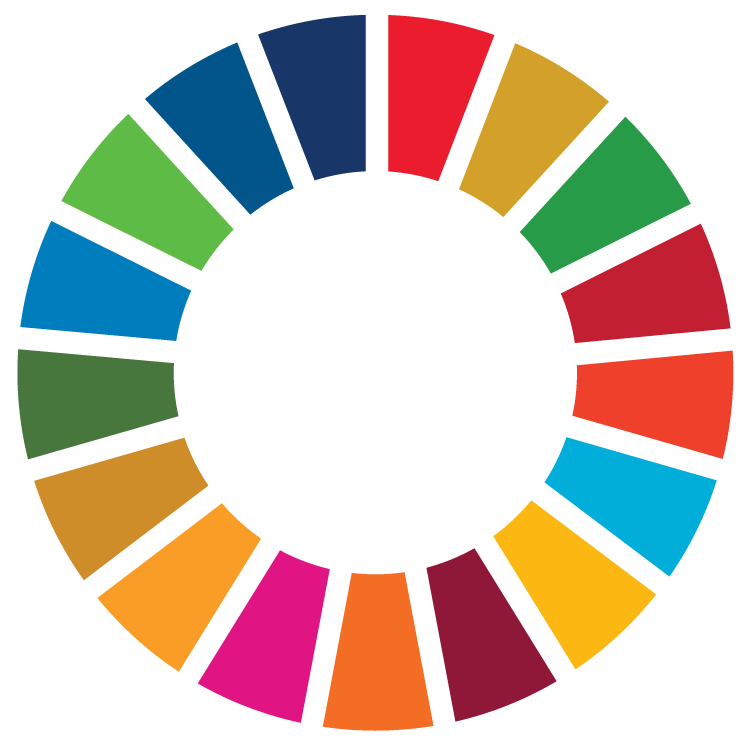Text amb traducció automàtica
Aquesta assignatura s'imparteix en anglès. El pla docent en català és una traducció automàtica de l'anglès.
La traducció automàtica pot contenir errors i llacunes. Consulta-la només amb finalitats informatives!
Texto con traducción automática
Esta asignatura se imparte en inglés. El plan docente en español es una traducción automática del inglés.
La traducción automática puede contener errores y lagunas. ¡Consúltala solo con finalidades informativas!
Original text
This subject is taught in English. The course guide was originally written in English.
Course
Physical Education and Sports Sciences / Primary School Teaching, majoring in Physical Education
Subject
Physical Activity and Health Programmes
Type
Compulsory (CO)
Academic year
4
Credits
6.0
Semester
1st
| Group | Language of instruction | Teachers |
|---|---|---|
| G11, classroom instruction, mornings | English | Alba Solera Sánchez |
| Anna Maria Señé Mir | ||
| Clara Teixidor Batlle |
Sustainable Development Goals (SDG)

- 3. Good health and well-being
- 4. Quality education
Objectives
The subject will highlight the preventive and therapeutic value of regular physical activity. Competencies will be developed to empower students to plan physical activity programs to improve the health and well-being of physically inactive and/or sedentary individuals. The subject aims to achieve the following objectives
1. Understand the relationship between sedentary behavior, physical inactivity, and health.
2. Understand the roles of physical activity professionals in the field of Physical Activity and Health.
3. Understand the characteristics of different healthy physical activity programs.
4. Understand the recommendations for healthy physical activity for children, adolescents, adults, and older adults.
5. Learn to design individualized physical activity and exercise programs to improve people's health.
Learning outcomes
. Design, plan, and evaluate different healthy physical activity programs according to various criteria. (LO2)
· Apply, identify, and select specific instruments to measure physical activity levels and different health parameters related to the physical, psychological, and social dimensions of individuals. (LO3)
· Plan, organize, and promote physical activity at different levels, taking into account different realities. (LO4)
Competencies
General skills
- Be able to adapt to new situations.
- Be able to solve problems and make decisions.
- Have ability for organisation and planning.
Specific skills
- Plan, implement and assess individual physical activity programmes for health throughout the life cycle and primary, secondary and tertiary prevention for boys and girls, adolescents, adults, pregnant women, the handicapped and the elderly.
- Select and apply appropriate methods, strategies, techniques and technology to improve processes and programmes of physical activity for health in primary, secondary and tertiary prevention for boys and girls, adolescents, adults, pregnant women, the handicapped and the elderly.
Content
1. Relationship between Physical Activity and Public Health.
1.1. Definition of concepts: Physical activity, exercise, sport, sedentary lifestyle.
1.2. Paper on physical activity within public health.
1.3. Determinants of physical activity.
1.4. Evolution towards a sedentary society.
2. Role of GCAFE in the field of Physical Activity and Public Health.
3. Current recommendations for healthy physical activity for children and adolescents, adults, and older adults (dose-response relationship).
4. Differences between programming physical activity to improve sports performance and programming physical activity to improve health.
5. Healthy physical activity programs for healthy individuals
5.1. Models of physical activity programming for health
· Active lifestyle
· Structured exercise program
6. Prescription and planning of physical activity programs
6.1. FITT concept
6.2. Basic principles of physical activity programs
6.3. Components of the pre-assessment report
· Medical history and health screening techniques
· Objective and subjective measures of physical activity
· Health parameter measurements
· Fitness for physical activity: PAR-Q and PARmed-Q+
· Psychological techniques to promote adherence to regular physical activity
7. Active lifestyle programs
8. Structured exercise program
8.1. Cardiovascular endurance
8.2. Strength and muscular endurance
8.3. Flexibility
8.4. Balance and proprioception
9. Fitness tests: Cardiovascular endurance, strength, flexibility, and balance.
Evaluation
The evaluation of the process will be carried out through mandatory attendance to tutoring sessions and the submission of various tasks proposed to work on the contents of the theoretical sessions (10% of the grade).
• The evaluation of the results will be conducted through the submission of a written assignment (45% of the grade), an oral presentation of the assignment in class (10% of the grade), and a theoretical multiple-choice test (35% of the grade).
NOTE
* Theoretical Exam: A minimum grade of 5 out of 10 is required to pass the theoretical exam. In the case of an exam retake, the maximum attainable grade will be 5.
* Written Assignment: In the case of retaking the written assignment, the maximum attainable grade will be 5.
Methodology
- Class sessions will be used to present basic theoretical content and analyze research documents (in English) related to the programming of healthy physical activity.
- Directed work sessions will be used to study and analyze specific cases with the objective of transferring theoretical knowledge to real-life situations. Small group tutorials will be conducted on the cases presented, as well as oral presentations on the physical activity programs that the students will have designed for each real case.
- Tutoring sessions will be used to individually guide and monitor the work that students will present throughout the course. The assignment will involve planning an individualized program of healthy physical activity for a real case.
Bibliography
Key references
- American College of Sports Medicine (ACSM) (2017). ACSM´s Guidelines for Exercise Testing and Prescription (10 ed.). Wolters Kluwer.
- Dishman, RK., Heath, GW., Lee, I-M. (2013). Physical activity epidemiology. Human Kinetics.
- Kohl, HW., Murray, TD. (2012). Foundations of physical activity and public health. Human Kinetics.
- Nyman, S., Barker, A., Haines, T., Horton, K., Musselwhite, C., Peeters, G., Victor, C., Wolff, J. (2018). The Palgrave handbook of ageing and physical activity promotion. Retrieved from http://eds.a.ebscohost.com.biblioremot.uvic.cat/eds/ebookviewer/ebook/bmxlYmtfXzE3NDM3ODFfX0FO0?sid=da3a5e59-6ca5-46bf-bb2f-84efe2aed76b@sessionmgr400
- Puig Ribera, AM., Rusiñol, J. (2018). Mou-te! La revolució de seure menys des de petits. Eumo Editorial.
Further reading
Teachers will provide complementary bibliography and compulsory reading throughout the course via the Virtual Campus.